Research Interest
Multiple quasar systems
Soon after the discovery of the first quasar (3C 273, Schmidt 1963) it was clear that their huge emission and their short time scale variability require an intense gas accretion onto a super massive black hole (SMBH) at the center of galaxies (e.g., Salpeter 1964, Zel'dovich et al. 1964, Lynden-Bell 1969). This scenario is now widely accepted, but the mechanism responsible for the gas inflow is still matter of debate. Some theoretical models suggest that gas-rich galaxy mergers provide an efficient way to channel the gas down to the circumnuclear regions and possibly to activate the star formation and the quasar activity of the host galaxies (e.g., Hernquist 1989, Kauffmann et al. 2000, Di Matteo et al. 2005, Hopkins et al. 2008). From the an observational point of view, this scenario is supported by the detection of features associated to recent or on-going mergers reported in the host galaxy of quasars (e.g., Canalizo et al. 2007, Bennert et al. 2008) and from evidences that suggest that quasars prefer to reside in galactic environment richer than average (e.g., Wold et al. 2001, Söchting et al. 2002, 2004, Serber et al. 2006, Hutchings et al. 2009). Moreover, the discovery of an excess of small separation quasar pairs (<100kpc) can be understood if mergers trigger the quasar activity (e.g., Djorgovski et al. 1991, Hennawi et al. 2006, Myers et al. 2007, 2008, Shen et al. 2010, Kayo et al. 2012).
One of my main research topic is to investigate physical systems of quasars (i.e., two or more quasars that are gravitationally bound) that are an expected outcome of the current hierarchical framework of galaxy formation and evolution. In fact, in this framework, we know that:
⚫ galaxies regularly interact and merge (e.g., Toomre & Toomre 1972);
⚫ SMBHs reside at the center of almost every massive galaxies (e.g., Kormendy et al. 1995, Richstone et al. 1998);
⚫ major merger event could trigger inflows of gas down to the circumnuclear regions that could result in a burst of quasar emission (e.g., Di Matteo et al. 2005).
These facts suggest that binary SMBHs should be commonplace, and thus also quasar pairs (if the two SMBHs are actively accreting at the same time).
Until now the search for physical grouping of quasar has focused only on binary systems. However, thanks to the enormous amount of data made available by the SDSS (Richards et al. 2009, Schneider et al. 2010), it is possible to start a systematic search for systems involving more than two quasars that are even more elusive objects (for instance the probability to find a chance superposition of 2 quasars within a 500kpc from another one is Pr(pd<500kpc)≈10-8). The follow up of the candidate triplets of quasars at the Magellan telescopes, at ESO-NTT and at the 3.5m telescope of the Calar Alto observatory has led to the discovery of QQQJ1519+0627 the second triplet of quasar known to date (after QQQJ1432-0106, Djorgovski et al. 2007). More recently, a new quasar triplet has been reported (Assef et al. 2018). In addition, Hennawi et al. (2015) discovered the first quasar quartet, dramatically challenging our understanding of structure formation.
The circum-galactic medium of quasars
The Circum-Galactic Medium (CGM) represents the interface between the Inter-Stellar Medium (ISM) and the large scale Inter-Galactic Medium (IGM). In this crucial region in the proximity of a galaxy (empirically limited by a radius of <300kpc) all the mechanism resposible for galaxy formation and evolution take place. Since the pioneering works of Bahcall & Spitzer (1969) and Boksenberg & Sargent (1978) the traditional way to probe the CGM is through the detection of metal narrow absorption lines imprintend in the spectra of bright background objects.
Projected quasar pairs (i.e., two quasars that are closely aligned in the sky, but at two different redshifts) represent a powerful tool to link the nuclear activity of quasars and with their immediate environment. In the standard scenario where major mergers between galaxies are believed to be responsible for intense starbursts in galaxies and for channelling large amount of gas down to the circumnuclear regions that eventually trigger the activity of the central supermassive black hole (e.g. Hernquist 1989; Kauffmann & Haehnelt 2000; Canalizo & Stockton 2001; Di Matteo, Springel & Hernquist 2005) the CGM of quasars is expected to harbour a large amount of enriched gas. This was confirmed by the study of the distribution of neutral hydrogen around quasars performed by Hennawi et al. (2006): starting from a sample of 149 projected quasar pairs (projected distance <2.5Mpc), they found that the probability to have an absorber with NHI>1019cm-2 within 200kpc from a quasar is around 50%, and that the distribution of the absorbers is highly anisotropic (Hennawi & Prochaska 2007, Prochaska et al. 2013a,b). In Farina et al. (2013, 2014) we confirmed these results using the MgII as a tracer of the cool gas in the CGM of quasars. A great advantage of the use of MgII is that allows a direct comparison with the vast litterature on MgII absorption systems associated with ``normal'' galaxies. It appears that the CGM of quasars contains more cool gas of any other type of galaxy (see also Prochaska et al. 2014), and one of my current research interest is to better understand the physical reasons behind this overabundance.
The hunt for high-z quasars
Quasars are among the brightest non transient sources in the sky. Thanks to their high luminosity, they can be observed even at early cosmic times, when the young Universe come out from the dark ages (z>6.5, Mortlock et al. 2011, Venemans et al. 2013, 2015, Bañados et al. 2018). High redshift quasars are discovered in large multi-band surveys through the detection of a sharp drop in the red-most optical filters due to the so called Gunn-Peterson trough, i.e. the suppression of the flux blueward of the Lyα emission line due to the presence of neutral hydrogen in the intergalactic medium. In particular, as a member of the team quasars led by Fabian Walter, we are succesfully mining the Pan-STARRS survey to find new z>5.7 quasars (Bañados et al. 2014, 2015) and to break the SDSS redshift and magnitude limits (Venemans et al. 2015, Mazzucchelli et al. 2017).
Surprisingly, these first quasars appear as already evolved systems, with black holes as massive as 108-109M☉ (e.g. Jiang et al. 2007, Mortlock et al. 2011, De Rosa et al. 2014, and the spectacular discovery of Wu et al. 2015) hosted by massive (Walter et al. 2004, Wang et al. 2010, Willott et al. 2015) and heavily star forming (Walter et al. 2009) galaxies. In addition studies of the metallicity of the broad line regions show that high redshift quasars are already metal enriched and than an evolution in metallicity from z≈4 to z>6 is absent (Jiang et al. 2007, De Rosa et al. 2011, 2014). To explain such a fast growth and evolution (at z=6 the Universe was only 0.9Gyr old), Volonteri & Rees (2006) proposed that the first quasars have to reside in peculiary rich environments where huge gas reservoirs favourite the fast accretion of material onto the supermassive black hole seeds. At low redshift, the most effective way to probe the gas surrounding quasar is through the detection of the so called Lyα fuzz, that appears when the cool gas reservoir is fluorescently illuminated by the emission of the bright quasars and by the UV-photons generated by intense star formation events. The success obtained at z≈2 (Hennawi & Prochaska 2013, Martin et al. 2014, Cantalupo et al. 2014, Hennawi et al. 2015) motivated us to play this game at the highest accessible redshift. The redshift dimming make this research peculiarly hard at z>6 (the surface brightness scale with redshift as: SB(Lyα)∝(1+z)-4), and current evidences of extended Lyα emission associated to the first quasars are scarce (Willott et al. 2011, Decarli et al. 2012, Roche et al. 2014). Togheter with the team quasars members, I am trying to improve our knowledge of this feature using 8m-class telescopes and the exquisite spatial resolution allowed by HST. The web-site of our REQUIEM survey is now online here.




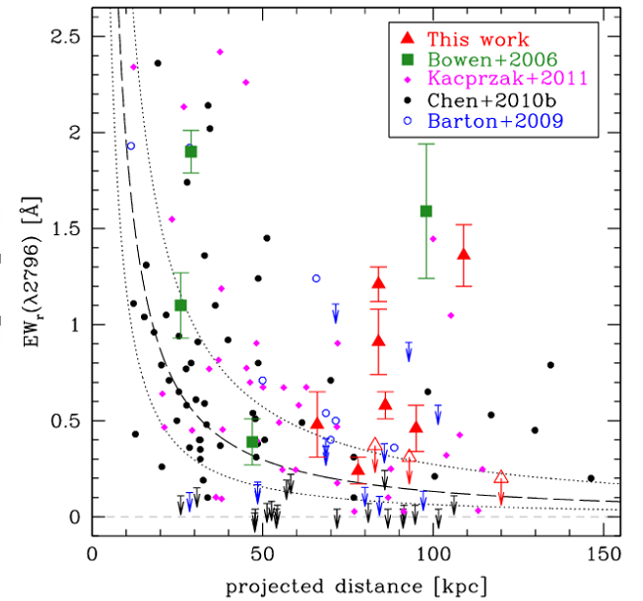
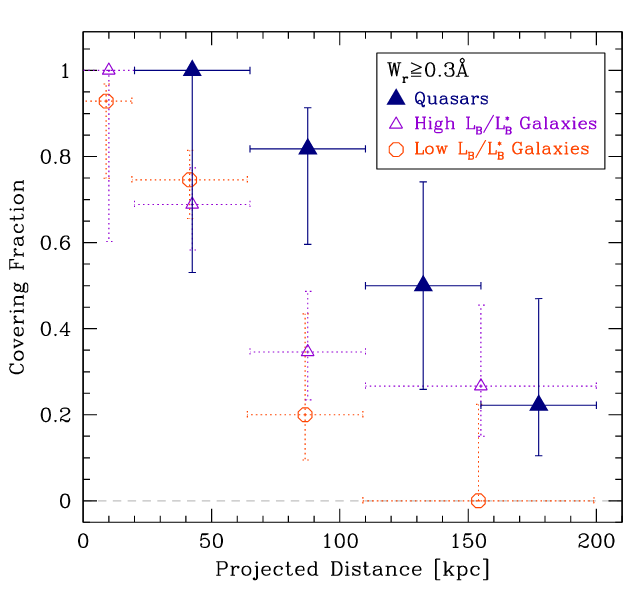
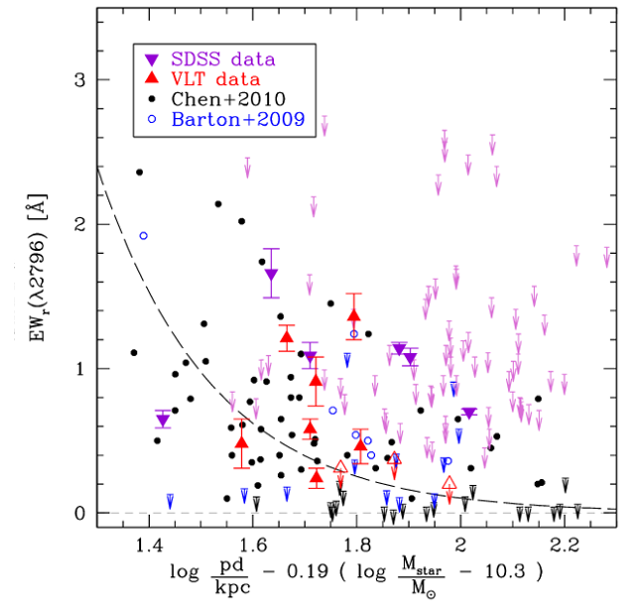
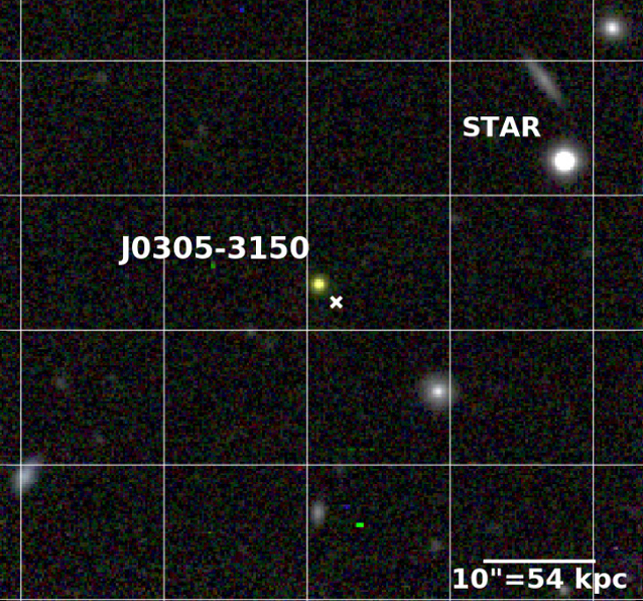
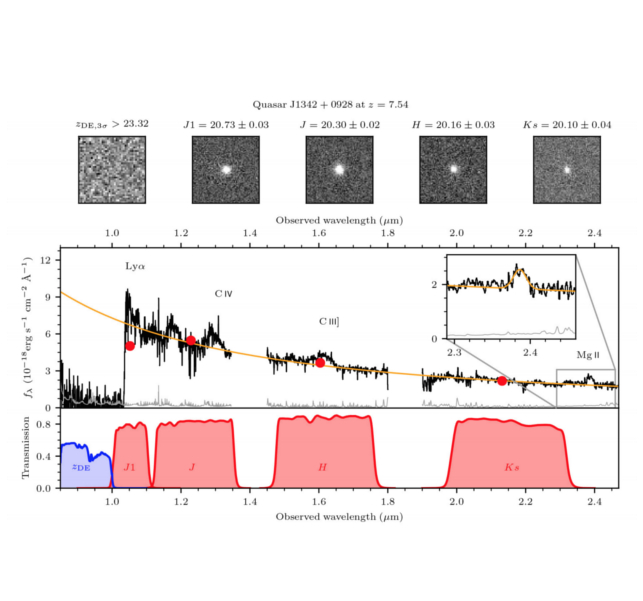
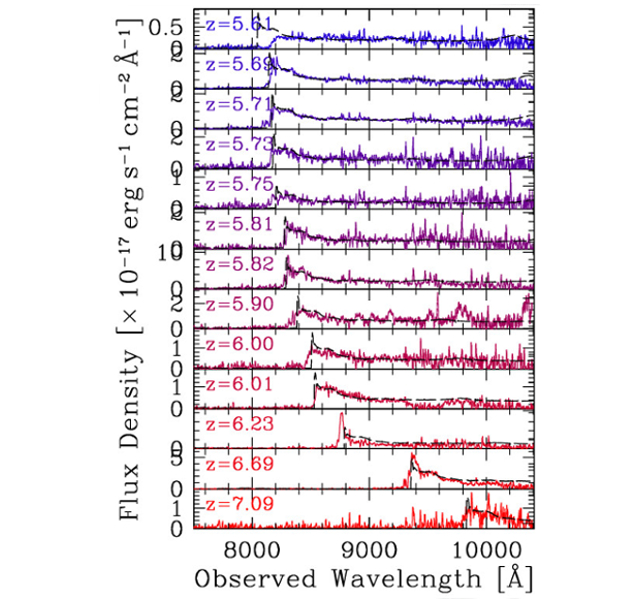
![[CII] Companions of High-z Quasars](images/Web_Companions_RI.jpg)
